Cars: Flops then, collectible now

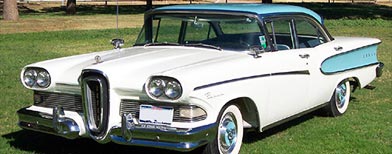
Some cars, like Ferraris, are worth big bucks from the day they’re born. Others, like classic muscle cars, always have a following but attain collectible status only later in life. But some truly special cars are total busts when they’re new but go on, decades later, to find their place in the hearts of car collectors, especially those with a sense of humor.
McKeel Hagerty, president of Hagerty Insurance, which specializes in covering collectible cars, cites these examples as among his favorites in the flop-to-tops category.
Edsel (1958-60)
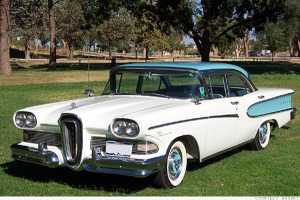
Value: Over $100,000 for convertible in good condition
The name Edsel has become synonymous with "flop." When Ford developed the Edsel car line in the 1950s, it was intended to offer customers something a bit nicer and more distinctive than Mercury cars but not quite as luxurious as a Lincoln.
Ford spent about $400 million to develop the cars, or about $3 billion in today's money, according to Hagerty Insurance, a company that insures collectible cars. During Edsel's short life, only 118,000 cars were sold, about half of what Ford needed to break even.
Edsels are valuable today in part simply because most cars from that chrome-and-fins era are increasing in value, said McKeel Hagerty, president of Hagerty Insurance. The more chrome and the bigger the fins, the better.
MORE AT CNNMONEY.COM
Amphicar (1961-68)
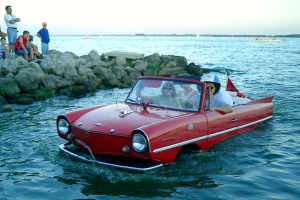
Value: $26,000 - $58,000
The German-made Amphicar, the only amphibious vehicle ever produced for the mass market, was a strange compromise between a road-going and water-borne vehicle. It wasn't particularly good in either place.
Since fewer than 4,000 were sold -- much less than the 20,000 that had been anticipated -- their appeal as curiosities today far outstrips the number of working models available.
Other German-made cars from that time tended to rust easily, McKeel Hagerty said, but given that Amphicars appear regularly at collector car auctions, they seem to be holding up surprisingly well.
BMW Isetta (1955-62)
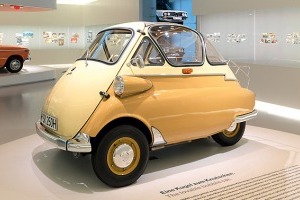
Value: $30,000 - $60,000
An early example of a microcar, or a city car, the Isetta fared even less well in the U.S. market than the Smart ForTwo, a modern example, has in recent years.
The ultra-tiny Isetta was actually a big hit in post-war Europe, where it fit the need for ultracheap transportation that could run on narrow roads using very little fuel. In the United States, however, it was bust.
That only makes it more desirable today. For many buyers, the Isetta is a sort of "comic relief" in their collection of otherwise fine cars, Hagerty said.
Continental Mark II (1956-57)
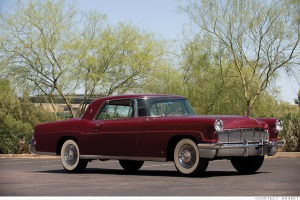
Value: $40,000 to $90,000
Edsel wasn't the only new car brand Ford introduced in the 1950s. Wanting to stretch into the upper realm of the luxury class, Ford announced the creation of the Continental car line.
This car sold for about $10,000 in its day. Sounds dirt cheap but that was about the price of a Rolls-Royce in 1956.
"The Continental divsion was meant to compete independently in that super-expensive range," McKeel Hagerty said.
The Continental was an impressive car -- and it still is -- but people weren't ready to spend that kind of cash for Detroit metal. About half of the 3,000 Continental Mark II's produced still survive.
Delorean DMC 12 (1981-82)
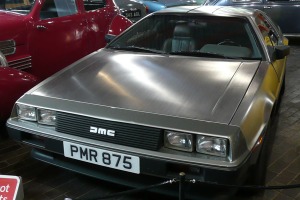
Value: $10,000 - $35,000
The Delorean factory was supposed to crank out 30,000 of these futuristic looking cars. Unfortunately, the cars turned out to be underpowered and overweight, Hagerty said.
Management troubles and drug trafficking allegations only added to the company's problems. As it turned out, only 9,000 were produced over two years.
The Back to the Future films cemented its place in the public consciousness.
Fiat Jolly (1958)
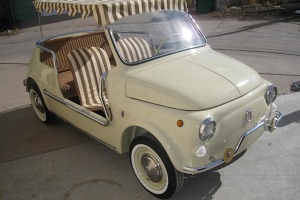
Value: $30,000 - $60,000
The Jolly, a modified Fiat 500 or 600, was intended for wealthy yacht owners who wanted a car they could carry from resort to resort on their boat. The seats were made of wicker and an optional fringe top protected occupants from sunburn. Not surprisingly, perhaps, it didn't sell well. That's why fewer than 100 exist today, a small supply that increases their value.
De Tomaso Pantera sold through Ford (1971-75)
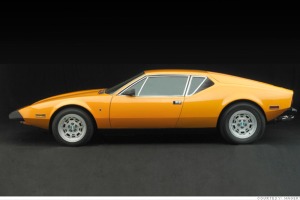
Value: $42,000 - $65,000
The hot-looking rear-engined Pantera was sold at Lincoln-Mercury dealers, a rather incongruous retailing channel for a car like this. With its Ford engine, the Pantera was supposed to be easier to maintain than something with a finicky Italian engine. Alas, keeping a Pantera running wasn't so easy after all. Despite impressive performance numbers, dependability problems and a generally poor early `70s market for performance cars -- including gas price spikes and rising insurance costs -- kept sales low.
http://autos.yahoo.com/articles/autos_content_landing_pages/1469/cars-flops-then-collectible-now/
Tidak ada komentar:
Posting Komentar